The Medical School of Kos
- Category: Hippocrates & Medical School
- Published on Wednesday, 13 June 2012 13:06
- Written by HostPlus ltd
- Hits: 4213
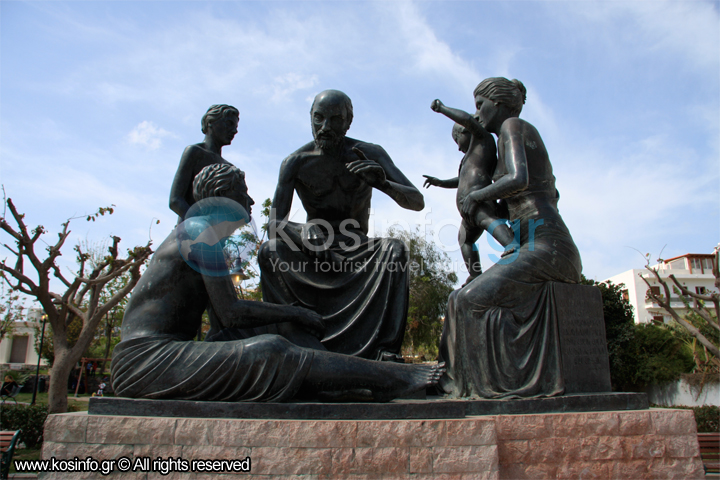 The development of Medical Science is connected with the evolution of philosophy in the ancient Greek world especially along the coast of Asia Minor. The foundations of Medical Science were laid during the peak of Ionic philosophy during the 5th and 6th century BC. From the 5th and 6th century BC medicine was taught at philosophical centres like Knidos and Kos.
The development of Medical Science is connected with the evolution of philosophy in the ancient Greek world especially along the coast of Asia Minor. The foundations of Medical Science were laid during the peak of Ionic philosophy during the 5th and 6th century BC. From the 5th and 6th century BC medicine was taught at philosophical centres like Knidos and Kos.
Knido was located on the Asia Minor coast close to Kos. Relations between Kos and Knido were close as both were members of the Doric sixcity Alliance. The Medical School of Knidos may have been older and paid more attention to researching the symptoms of every illness. As therapy they used to tried and tested traditional methods. At the school in Kos doctors examined the disease, taking into consideration the whole situation and looking for ways not only to cure it but to prevent it as well.


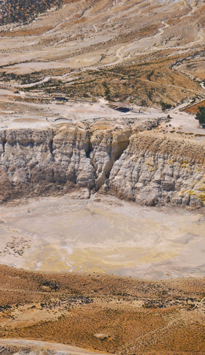
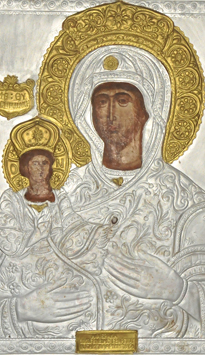
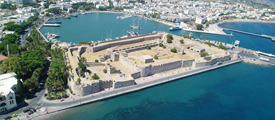 Kos is an island of majestic beauty, lying in the centre of the Dodecanese chain in the Aegean Sea. ("Dodecanese" in Greek means "twelve islands"). Lying north west of Rhodes and south east...
Kos is an island of majestic beauty, lying in the centre of the Dodecanese chain in the Aegean Sea. ("Dodecanese" in Greek means "twelve islands"). Lying north west of Rhodes and south east...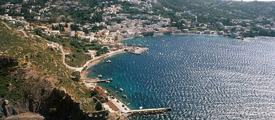 Leros Island is approximately 53 square kilometres. The island consists of one municipality which has its administrative headquarters in Platanos. The most important villages of Leros...
Leros Island is approximately 53 square kilometres. The island consists of one municipality which has its administrative headquarters in Platanos. The most important villages of Leros...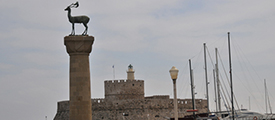 Rhodes is the biggest island of the Dodecanese. It lies at the south-eastern corner of the Aegean, opposite the coast of Asia Minor, about 11 miles away. It has an area of 1398 square...
Rhodes is the biggest island of the Dodecanese. It lies at the south-eastern corner of the Aegean, opposite the coast of Asia Minor, about 11 miles away. It has an area of 1398 square...
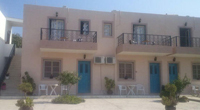








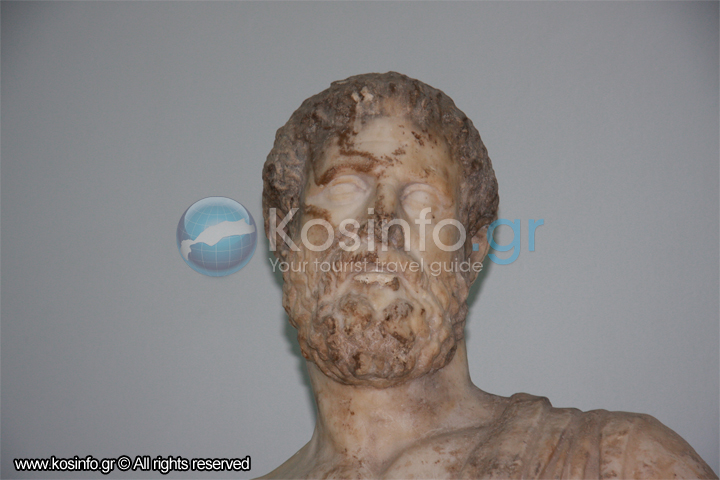 Hippocrates is considered by scientists to be the founder of medicine. He may have been the most important doctor of the ancient times and the best representative of the Medical School of Kos. He was also a profound philosopher and humanitarian. He was born in Kos in 460 BC and was the son of the doctor Irakleida and Fenareti.
Hippocrates is considered by scientists to be the founder of medicine. He may have been the most important doctor of the ancient times and the best representative of the Medical School of Kos. He was also a profound philosopher and humanitarian. He was born in Kos in 460 BC and was the son of the doctor Irakleida and Fenareti.







